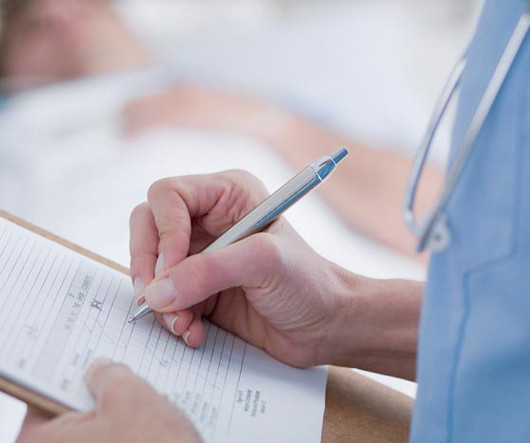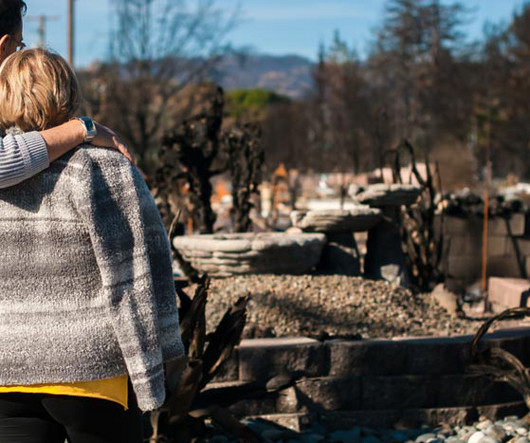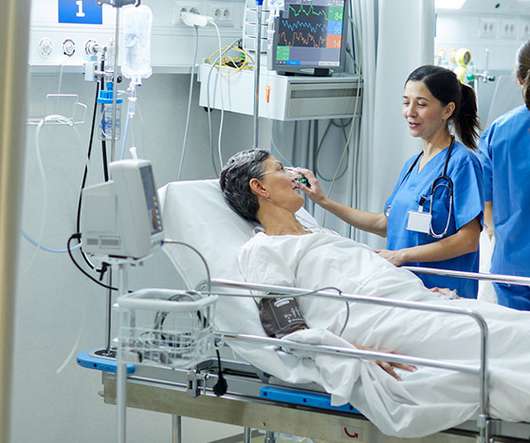What Is a Healthcare Gap Analysis (or Gap Assessment)?
Relias
DECEMBER 8, 2022
Hypothetical scenario: slow pandemic recovery. Results from an analysis can systematically uncover where the greatest gaps are occurring — which oftentimes can be the areas of greatest risk, whether they are in patient safety, care quality, patient satisfaction, organizational reputation, or other major pain point.”














Let's personalize your content